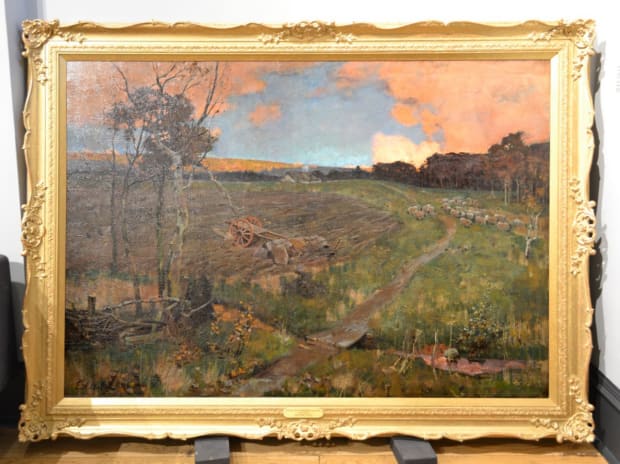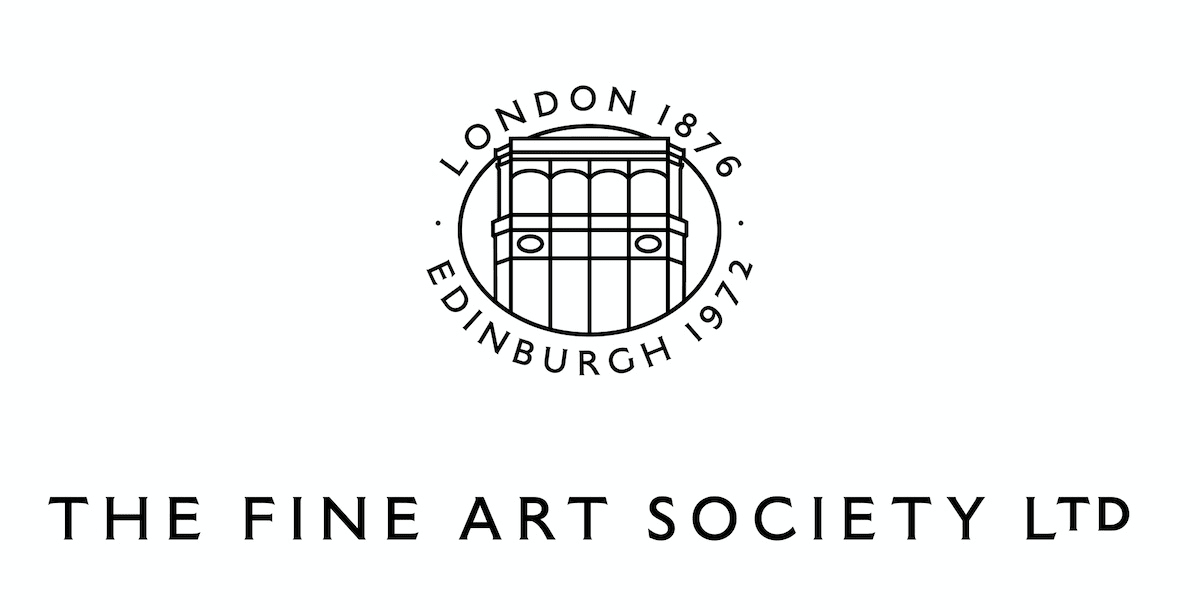EA WALTON: NOVEMBER
-
A FRAME OF 'RADICAL SIMPLICITY' FOR A LANDSCAPE BY 'A PAINTER OF ATMOSPHERE'
Roberts, Lynn. The Frame Blog: ‘How Pre-Raphaelite frames influenced Degas and the Impressionists’, 25th July 2017. Weller, Helen. Bourne Fine Art, Edinburgh Festival 1981 Catalogue, E.A. Walton 1860-1922.
-

Before: November in its 20th century reproduction frame
-

Sir James Guthrie, A Highland Funeral, 1882
Glasgow Museums collection (1060), bequeathed by James Gardiner, 1903
-

-
CLICK HERE TO SIGN UP TO RECEIVE THE FINE ART SOCIETY'S JOURNAL



